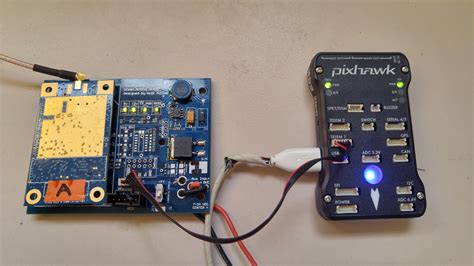
Daughter Boards
What are Daughterboards? A daughterboard, also known as a mezzanine board or piggyback board, is a printed circuit board (PCB) that connects to and extends[…]

DB31 Altera Cyclone II Daughter Board
Introduction to the Cyclone Daughter Board The DB31 Altera Cyclone II Daughter Board, also known as the Cyclone Daughter board, is a powerful and versatile[…]

EP3C40F780C8N Supported Psueudo Differential IO Standards
Introduction to Pseudo-Differential IO Pseudo-differential IO is a type of input/output standard that combines the benefits of both single-ended and differential signaling. It provides a[…]
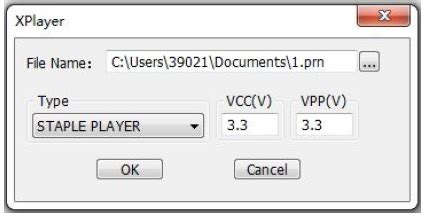
JTAG Chains in the System
Introduction to JTAG Chains JTAG (Joint Test Action Group) is a standard interface used for testing, debugging, and programming electronic devices. It provides a way[…]
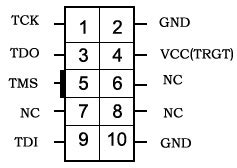
JTAG Overview
What is JTAG? JTAG is a standardized interface that enables access to the internal sub-systems of an integrated circuit for testing, debugging, and programming purposes.[…]
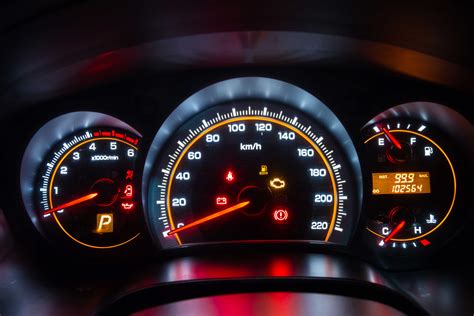
Altium Instrument Dashboard How Instruments are Displayed
Introduction to the Altium Instrument Dashboard The Altium Instrument Dashboard is a powerful feature within Altium Designer that allows users to visualize and interact with[…]
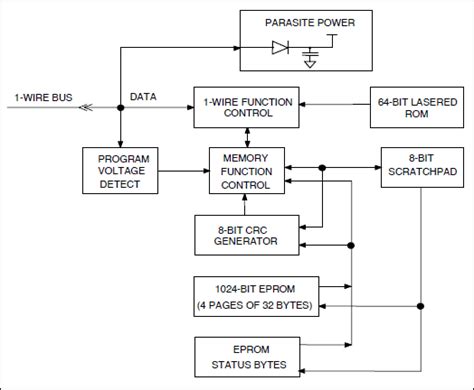
What is NanoBoard 3000 Audio CODEC
Introduction to NanoBoard-CODEC The NanoBoard 3000 Audio CODEC is a high-performance, low-power audio codec designed for embedded systems and portable audio devices. It offers exceptional[…]
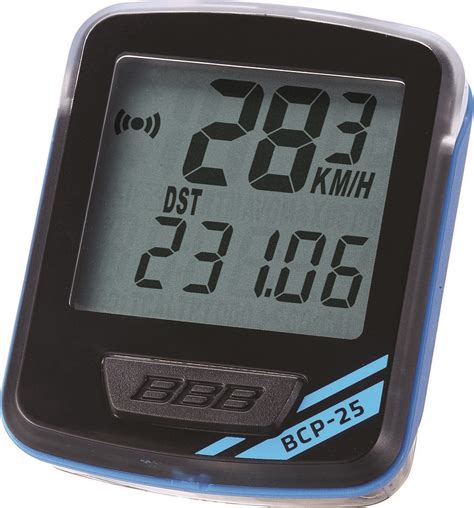
What is NanoBoard 3000 DAC Interface
Key Features of the NanoBoard DAC The NanoBoard 3000 DAC Interface boasts an impressive array of features that contribute to its outstanding audio performance and[…]
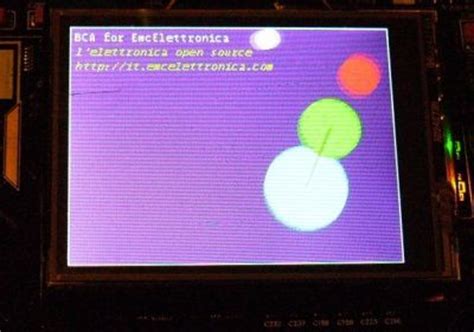
What is What is NanoBoard 3000 Ethernet Port
Ethernet Basics Before diving into the specifics of the NanoBoard 3000’s Ethernet port, let’s briefly review the basics of Ethernet technology. Ethernet is a family[…]
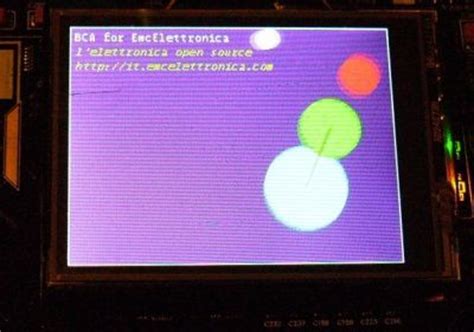
What is NanoBoard 3000 PS2 Keyboard and Mouse Ports
What are PS2 Keyboard and Mouse Ports? PS2 (Personal System/2) is a standard interface for connecting keyboards and mice to a computer. It was introduced[…]